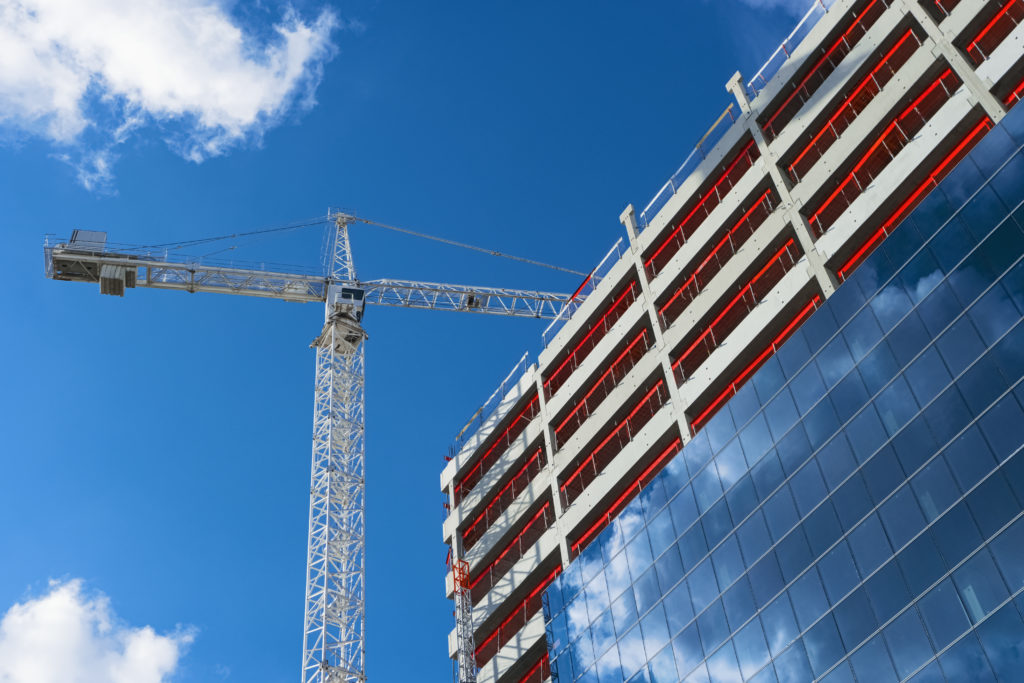The cost of production of a construction enterprise is the sum of all costs incurred by them for the production of goods and their subsequent sale.
Under the cost understand the costs associated with the acquisition of raw materials needed for production, salaries to employees, transportation, storage and sale of finished products.
It is necessary to calculate the cost of goods on a regular basis: every quarter, half year, year (for the purpose of adjustment).
Construction: industry features
The construction industry, related to the areas of material production, has a number of features due to the following factors:
- The nature of the final product.
- Working conditions.
- Features of the equipment.
- Production technology and labor organization.
- Seasonality of work.
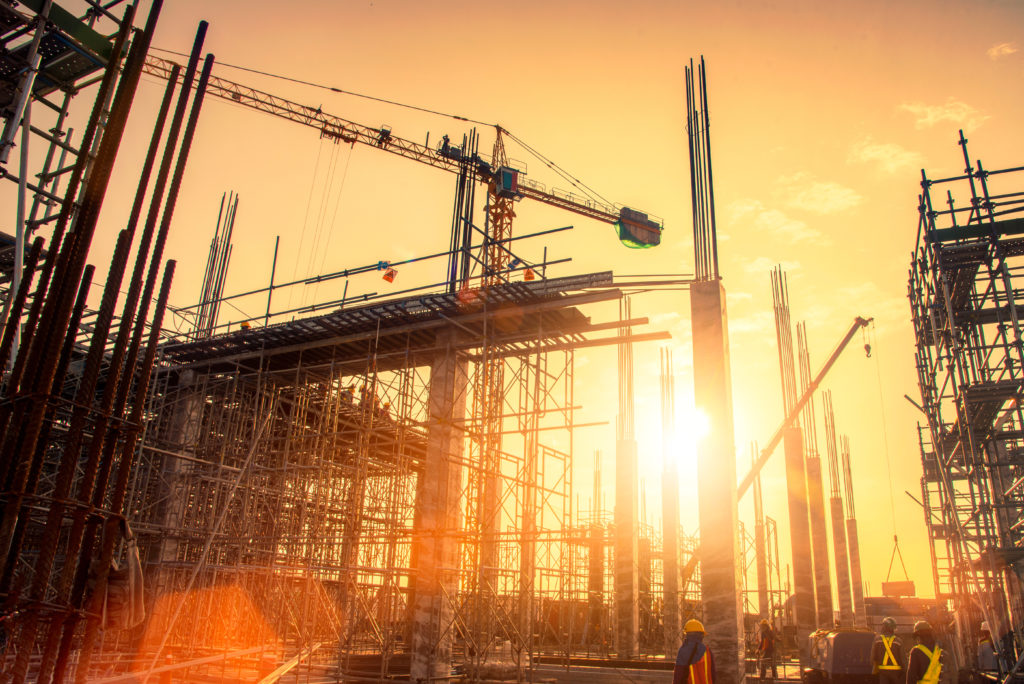
Features of the formation of cost in construction
You can determine a number of features of the construction industry. These characteristics affect the organization of accounting in a construction company, as well as the formation of the cost of construction products:
- non-stationary construction industry;
- the diversity of products and services;
- mobility of company resources (labor and technical);
- all operations for the organization of the construction process have a strict sequence in execution;
- involvement of third-party (contracting) organizations in the production process;
- high consumption of materials;
- the construction process is carried out under the influence of climatic conditions and weather;
- constructive complexity of the constructed objects;
- the possibility of violation of environmental and natural conditions;
- unified and small-scale nature of construction work;
- various methods for determining financial results;
- pricing issues are complicated;
- staff qualifications should be high;
- excessive scientific and technical requirements for the organization of the production process.
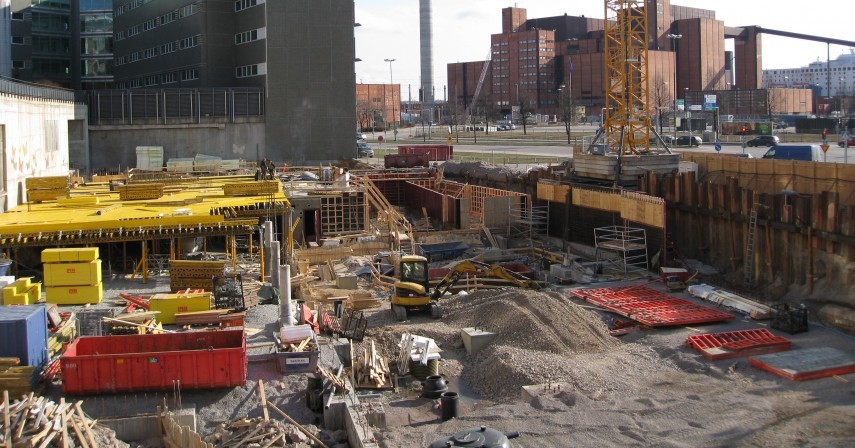
Construction cost concept
The cost of production of a construction company is one of the economic indicators, expressing in aggregate all the possible costs of the company that are associated with the production process and the sale of construction products. The cost indicator is an indicator of current expenses of the company, is non-capital in nature. Cost is an economic form of compensation for the consumption of factors of production. The value of the cost of construction and construction works is very significant in the study of the economic situation of a construction company.
The calculation of the cost of construction and installation is a very important analytical unit of the accounting process of the company. Cost is the cash cost of construction work, products and services.
In construction, the concepts of estimated cost, planned and actual are used. The prime cost of construction and installation works includes the cost of acquiring material costs, fuel resources, energy resources, employee salaries, compensation for depreciation of used fixed assets and other expenses.

Cost structure
The cost structure of construction products is expressed by various types of costs.
All costs, depending on the methods of their inclusion in the cost of work, are divided into direct and overhead (indirect). Most of the costs are direct costs, determined on the basis of the volume of work performed. Direct costs are understood to mean costs that are linearly related to the volume of construction and installation works and the output of construction products. They are directly included in the cost of specific construction projects.Direct costs include: the basic salary of employees, the cost of material costs, costs of parts and structures, the cost of operating construction equipment.
Overhead (indirect) costs means the costs associated with the processes of organization and management of construction works. Overhead costs are complex costs that are associated with the activities of the company as a whole organism. Such expenses cannot be directly related to a specific accounting object in the construction industry or in the production of products and services.
The costs of implementation of construction and installation work are divided into current and one-time expenses.
Current costs are production costs associated with the amount of work and the quantity of products and services. A lump sum applies to recurring or one-time expenses. Current costs, in turn, depending on their relationship with the volume of construction and installation works can be divided into fixed and variable.
Fixed costs, regardless of their relationship with the amount of work, products and services, remain fixed over time. They may include: depreciation of fixed assets, calculated on the basis of the duration of the service life of fixed assets; depreciation of intangible assets; rental of fixed assets; the remuneration of management personnel, etc.
Costs that can increase or decrease depending on the increase or decrease in the volume of construction and installation works, products and services are classified as variables. These include: the cost of materials used, wages of production personnel.
Individual costs are called conditionally fixed and conditionally variable, which depends on the prevalence of fixed or variable costs.
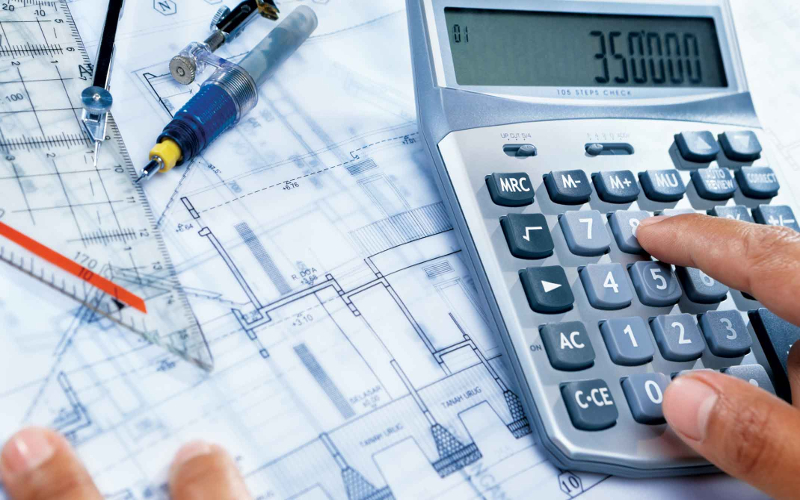
Cost calculation
Direct costs (PP) for construction and installation works, products and services are calculated as follows according to the formula:
PZ = M + 3 + A,
where M is the cost of materials, thousand rubles; З - labor cost, thousand rubles; And - the cost of maintenance and operation of machinery and equipment, thousand rubles
Overhead (indirect) expenses include:
- administrative expenses for the salary of administrative staff, social contributions;
- expenses for the organization of work on construction sites, including costs associated with the wear of low-value and wear-resistant tools and production equipment used in the performance of work;
- expenses for the maintenance of builders, including the cost of training and retraining of personnel, labor protection and safety costs;
- other overhead costs, payments for compulsory insurance of property of a construction company, for bank loans; advertising expenses, public relations expenses.
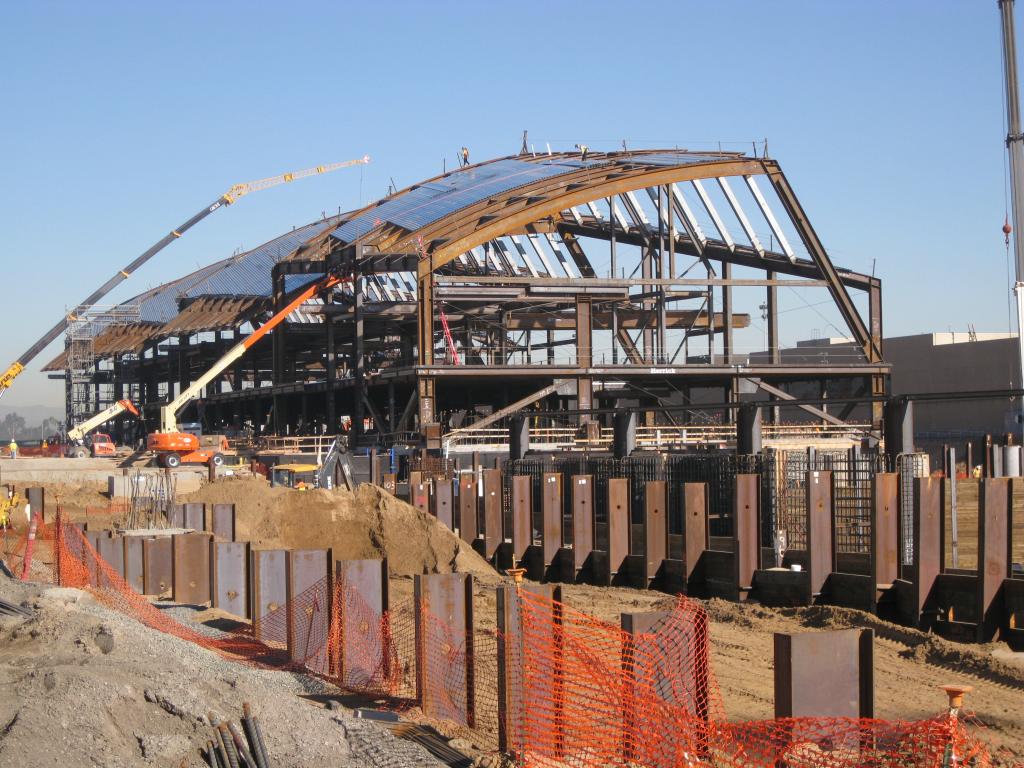
Estimated cost
The cost of construction and installation works performed by the construction company independently is determined by the formula:
SSc = PZ + HP,
where PZ - direct costs, thousand rubles; HP - the amount of overhead, thousand rubles
The estimated cost of construction products is determined by the project company at the stage of preparation of the necessary set of project documentation at the established estimated standards and current prices.
Estimated cost is the main indicator according to which state tax authorities control the profit of a particular construction company.

Planned cost
The planned cost of construction and installation work is a forecast of the cost of a particular construction company to perform a certain amount of construction and installation work. The purpose of planning costs for construction and installation works is to calculate the amount of expenses for the performance of work on time under contracts with the rational use of production resources.
Estimated (planned) cost is used in calculating the company's profits and determining its capabilities and development plans to create an internal accounting system.
The company can carry out cost planning for construction and installation works independently. This planning section is part of the company's business plan, carried out using technical and economic costs. Feasibility studies are carried out on the basis of indicators of physical volumes for each type of work, structural elements, objects and their cost, determined according to calculations of design estimates and prices established by agreements.
Planned costs for construction and installation works can be determined by the feasibility study of expense items on the basis of an action plan to improve the technological and organizational level of production.
The costs of material costs are determined on the basis of their needs, which are established by the design and estimate documentation, their cost, taking into account the cost of delivery to the warehouse of property and the cost of acquisition and storage. Labor costs are determined on the basis of the established needs of the project in the remuneration of employees at the established rates and rates.
Costs under the item “Costs for maintenance of machinery and equipment” are calculated based on the needs of the project in how they work by the number of machine hours. Costs under “Overhead costs” are calculated on the basis of estimates of these costs for the planning period.
The planned cost can be determined by the formula:
SSpl = Scmr - PN - ΔSS + K,
where Cmr is the estimated cost of construction and installation, thousand rubles; Mon — planned savings and accumulations, thousand rubles; ΔCC - cost reduction in monetary terms, thousand rubles; K - compensation in connection with the growth of prices and tariffs in comparison with estimated indicators, thousand rubles

Actual cost of construction and installation works
The actual cost of construction and installation work is the sum of the costs incurred by a particular construction company in the course of performing a given set of work in the current production environment.
The purpose of accounting for actual costs of construction and installation works is a timely, complete and reliable reflection of actual costs that are associated with the production and rendering of work to the client by type of objects, identifying deviations from expected values, and also monitoring the use of material, labor and financial resources.
Accounting indicators are used in the analysis process to determine internal capabilities and reserves, when calculating the actual financial performance of construction organizations.
The cost of construction products is accounted for by the accounting department of the construction company, most often using the custom method, in which the accounting object is a separate order for each construction object (or type of work) in accordance with an agreement concluded with the client. For each order, costs are taken into account upon completion of work.
Reduction methods
The cost price of products in a generalized form is an estimate of the natural, material, labor, fixed assets used in the production process. Getting the best effect at low cost and reducing production costs is the most important task for the company. The most important thing is to find an approach to determining practical recommendations for combining these elements. The best and most natural way is the need to conduct a thorough structural analysis of the cost of the enterprise.
The identification of reserves to reduce costs can be based on a systematic, comprehensive, technical and economic analysis of the company: the effectiveness of production capacities and fixed assets, raw materials and materials, economic capacity, working relationships.
Ways to reduce the cost of construction products relate to its reserves. Under the reserves for reducing the cost of construction and construction work, we understand the possibilities of reducing costs by increasing the resource efficiency of the enterprise.
Ways to reduce in construction
The main options for reducing the cost of construction and installation works are as follows:
- Ensuring the continuity of the production and technological process by improving technologies, introducing modern innovations and new types of materials, as well as automating production processes in the organization.
- Strengthening specialization. In specialized organizations of mass production, the cost of production is much lower than in enterprises producing the same products in small quantities. Improving the level of specialization is associated with the formation of the most rational relations of cooperation between enterprises.
- Compliance with the economy mode. At enterprises, savings are manifested in lowering the cost of building materials, lowering the cost of management services and eliminating losses from marriage.
- Productivity increase. With the growth of labor productivity, labor costs per unit of production decrease and, accordingly, the share in the structure of wage costs decreases.
- Search for suppliers of a more reliable plan with reasonable prices. The cost of materials and raw materials are included in the price in accordance with their purchase price and supply and, therefore, affect the formation of production costs. The main thing is to ensure the receipt of materials from reliable suppliers geographically located at close distances from production. You must try to use more economical materials without compromising product quality.
- The use of progressive types of materials, the introduction of technical norms and standards for the growth of wealth.
- Lower costs for managing and maintaining production. The cost of these costs per unit of production depends not only on the volume of production, but also on their absolute value. The lower the cost of general factory expenses for the enterprise as a whole, the lower the cost of each individual product.
- A significant reserve for reducing costs is located at the level of overhead due to a reduction in the share of the main salary.
